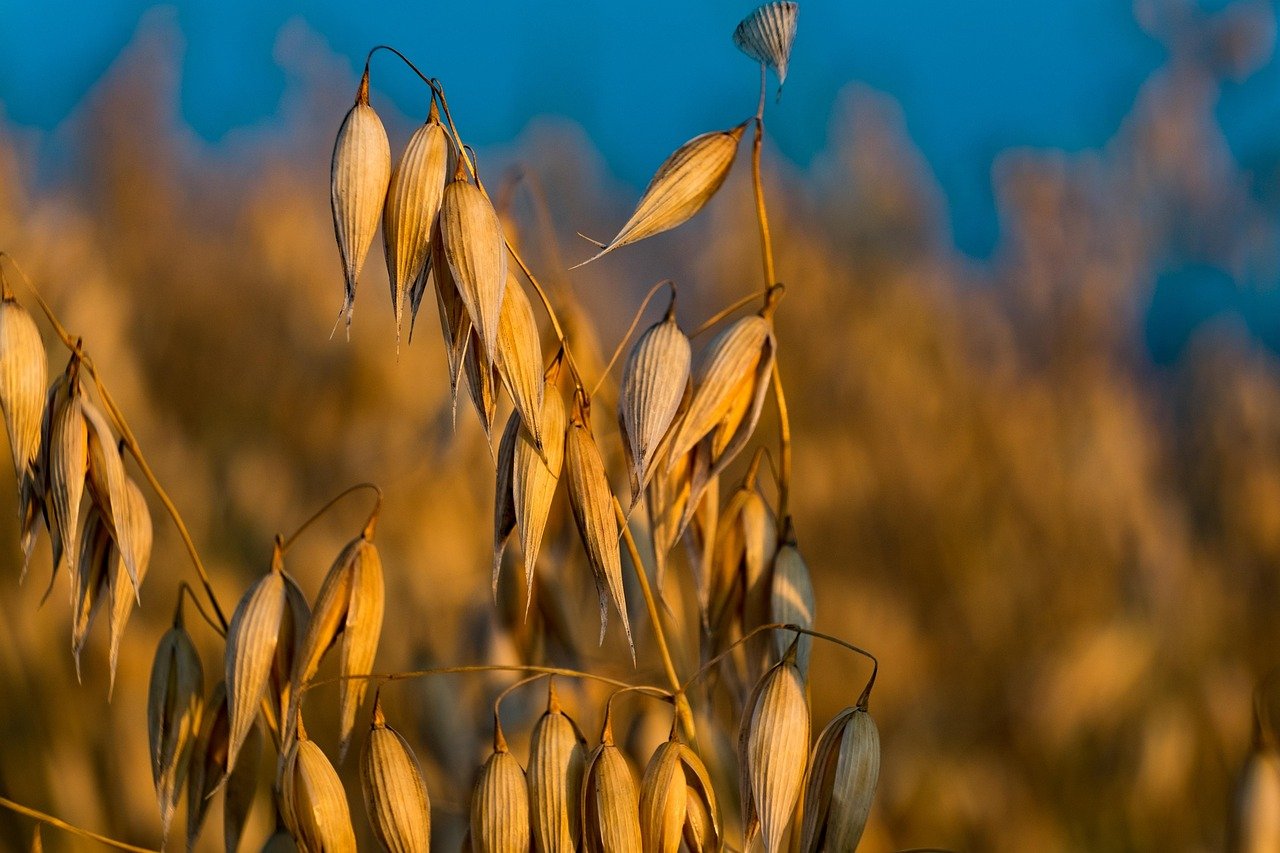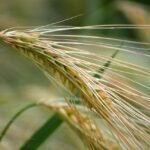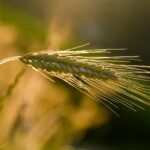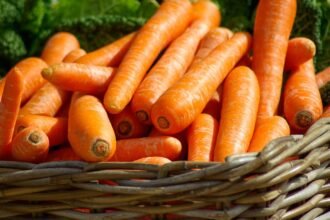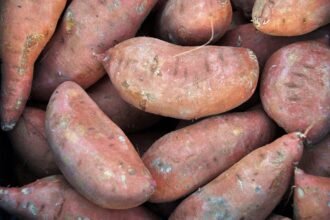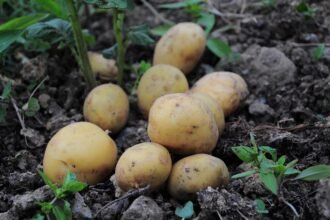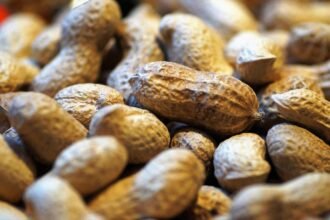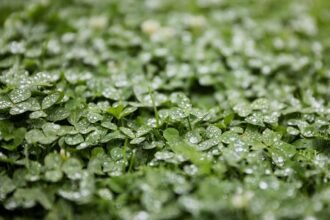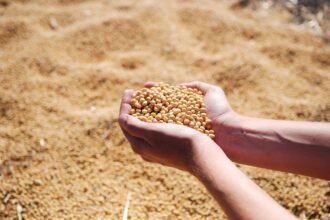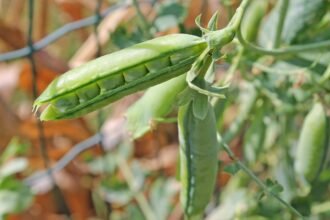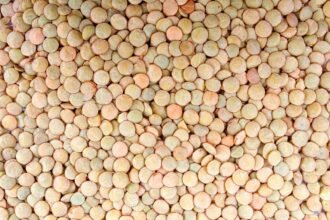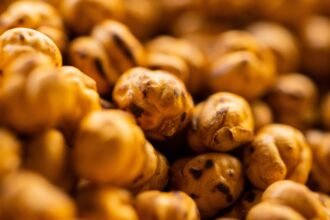Oats are a versatile and nutritious cereal crop that is primarily grown for human consumption, animal feed, and as a cover crop. Oats have gained popularity due to their health benefits, including being a rich source of fiber, vitamins, and minerals. Proper technical management of oats cultivation is essential for maximizing yield, improving quality, and ensuring sustainable farming practices. This guide provides an in-depth look at the essential practices for successful oat farming, covering soil preparation, planting, irrigation, pest management, and harvesting techniques.
1. Soil Preparation and Fertility Management
Oats thrive in well-drained, fertile soils that provide adequate nutrients for healthy plant growth. Proper soil preparation is the first step toward achieving high yields and grain quality.
Key steps:
- Soil Testing: Before planting, perform a soil test to determine nutrient levels and pH. Oats prefer slightly acidic to neutral soil, with a pH range between 6.0 and 7.0.
- Tillage: Plow the soil to a depth of 15–20 cm to create a fine seedbed. Follow with harrowing to break down soil clods and improve seed-to-soil contact.
- Organic Matter: Incorporate organic matter like compost, green manure, or well-rotted manure to improve soil structure, nutrient availability, and moisture retention.
- Fertilization: Oats are moderately nutrient-demanding, requiring nitrogen (N), phosphorus (P), and potassium (K). Apply a balanced fertilizer based on soil test recommendations, and split nitrogen application to prevent excessive vegetative growth that may reduce yield.
2. Selecting the Right Oat Variety
Choosing the right oat variety for your region is essential for ensuring optimal growth, disease resistance, and good yield potential.
- Oat Types:
- Winter Oats: These oats are planted in the fall and overwinter in the ground. They are typically grown in regions with mild winters and early harvest times.
- Spring Oats: Planted in early spring and harvested later in the summer, spring oats are suitable for colder climates where winter oats cannot survive.
- Variety Selection: Choose varieties that are resistant to local diseases and pests and suited for your climate and soil conditions. There are also varieties specifically bred for human consumption (like rolled oats) and animal feed.
3. Planting and Sowing Techniques
Proper planting techniques are essential to achieve a healthy and uniform oat crop.
- Planting Time: Oats are typically planted in early spring for spring oats and in late summer or fall for winter oats, depending on the climate. For spring oats, sowing should take place as soon as the soil temperature reaches 5°C (41°F).
- Sowing Depth: Plant oats at a depth of 2–4 cm (0.8–1.6 inches). Planting too deep can delay germination, while shallow planting can expose the seed to drying out.
- Row Spacing: The recommended row spacing for oats is 18–22 cm (7–8 inches), with 1–1.5 cm (0.4–0.6 inches) between seeds within the row.
- Seed Rate: Oat seed rates typically range from 100 to 150 kg per hectare. The seeding rate depends on the variety, soil conditions, and desired plant density. A population of 250–300 plants per square meter is ideal for oats.
4. Water Management
Oats are relatively drought-tolerant but require consistent moisture for good growth, especially during the flowering and grain-filling stages.
- Water Requirements: Oats require sufficient moisture during the early vegetative stages and critical periods like flowering and grain filling. Water stress at these stages can reduce yield and quality.
- Rain-fed vs. Irrigated Systems: Oats are primarily grown in rain-fed systems in regions with adequate rainfall. However, in areas with insufficient rainfall, supplementary irrigation may be required.
- Irrigation Practices: If irrigation is necessary, use efficient systems like drip or sprinkler irrigation. Water oats when the top 5–10 cm of soil begins to dry out, but avoid over-watering, as oats prefer well-drained soils.
5. Nutrient Management
Proper nutrient management ensures optimal growth and maximizes the potential for high yields and quality oats.
- Nitrogen Fertilization: Oats require moderate nitrogen levels for healthy growth, particularly in the early stages. Apply nitrogen in split doses, with a portion applied at planting and another during the tillering phase. Avoid excessive nitrogen to prevent lodging (excessive stem growth).
- Phosphorus and Potassium: Apply phosphorus at planting to promote root development, and apply potassium during the vegetative and grain-filling stages for improved yield and disease resistance.
- Micronutrients: Ensure that the soil contains adequate levels of micronutrients such as zinc, sulfur, and boron, which are crucial for oat growth.
6. Weed Control
Weeds compete with oats for nutrients, water, and light, which can reduce crop yields if not managed effectively.
- Pre-emergence Herbicides: Apply pre-emergence herbicides to control early-stage weeds before they emerge. This is particularly useful for controlling grassy weeds that may outcompete oats.
- Post-emergence Herbicides: Once the oats have emerged, use selective herbicides to target broadleaf weeds while protecting the oats. Be sure to apply herbicides at the correct timing to ensure effectiveness.
- Manual Weeding: In small-scale operations, manual weeding may be necessary, especially in the early stages of oat growth. This helps reduce competition from weeds.
- Crop Rotation: Practice crop rotation with other cereals or legumes to reduce weed pressure and prevent the buildup of weeds.
7. Pest and Disease Management
Oats are susceptible to a variety of pests and diseases, which can reduce yield and grain quality.
Common Pests:
- Oat Aphids: These pests can spread diseases like oat yellow dwarf virus (OYDV). Control aphids with insecticides or natural predators like ladybugs.
- Wireworms: These pests attack seeds and roots. Seed treatments or soil insecticides can help manage wireworm populations.
Common Diseases:
- Powdery Mildew: This fungal disease affects the leaves and stems of oats. Control it with resistant varieties and fungicides.
- Leaf Rust: A common disease that affects oats and reduces yield potential. Use resistant varieties and fungicides to manage this disease.
- Crown Rust: Another fungal disease that can affect oats, especially during warm, humid weather. Use resistant varieties and fungicides for control.
- Integrated Pest Management (IPM): Adopt IPM strategies to reduce pest and disease pressure, using a combination of biological controls, cultural practices, and targeted pesticide application.
8. Harvesting and Post-Harvest Handling
The timing of harvest is crucial to ensuring optimal grain quality and minimizing losses.
- Harvest Timing: Oats should be harvested when the grains are fully mature, and the moisture content has dropped to around 12–14%. Delayed harvesting can result in over-ripening and loss of grain quality.
- Mechanical Harvesting: For large-scale operations, use combine harvesters to harvest oats efficiently. These machines reduce labor costs and minimize grain damage.
- Drying: After harvesting, dry the oats to reduce the moisture content to 12–13%. This prevents mold growth and extends the storage life of the grain.
- Storage: Store oats in a cool, dry, and well-ventilated area. Use airtight containers or silos to protect the oats from pests, moisture, and temperature fluctuations.
9. Sustainable Oat Farming Practices
Sustainability is becoming a key focus in modern farming, and oats are no exception. Adopting sustainable practices can help reduce environmental impact and improve long-term productivity.
- Crop Rotation: Rotate oats with other crops like legumes to improve soil health, break pest cycles, and reduce disease pressure.
- Conservation Tillage: Minimize tillage to conserve soil moisture, improve soil structure, and reduce erosion.
- Water Conservation: Use efficient irrigation techniques and rainwater harvesting to reduce water usage and ensure sustainability.
Conclusion
Oats are a valuable crop with diverse applications in human nutrition, animal feed, and various industrial processes. Technical management is essential for ensuring healthy growth, high yields, and good quality oats. By focusing on soil preparation, proper planting techniques, efficient water and nutrient management, and pest control, oat farmers can achieve successful harvests while minimizing environmental impacts. Whether you’re a beginner or an experienced grower, following these best practices will help optimize your oat production.

